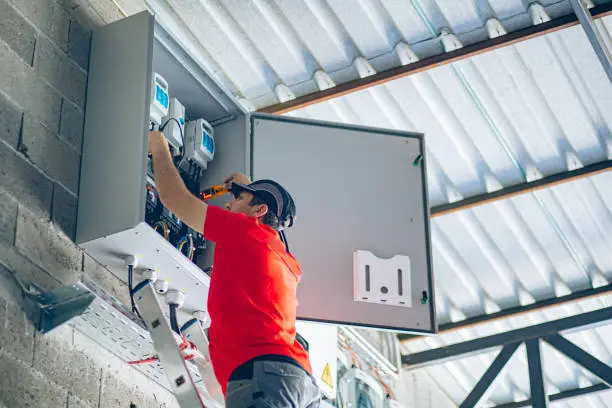With energy costs rising and climate concerns growing, more homeowners across the USA are making the switch to solar. A residential solar system not only lowers electricity bills but also provides energy independence and a cleaner future. At Brevolos, we help families design and install solar systems tailored to their homes and lifestyles.
Here’s a complete guide to understanding residential solar power and how it can efficiently power your home.
1. What Is a Residential Solar System?
A residential solar system uses solar panels installed on your roof or property to capture sunlight and convert it into electricity. This energy can power your appliances, lights, heating, cooling, and more—reducing dependence on the traditional utility grid.
2. How Do Solar Panels Work?
Solar panels are made of photovoltaic (PV) cells that absorb sunlight and convert it into direct current (DC) electricity. An inverter then transforms this into alternating current (AC), which powers your home. Any extra energy can be stored in a battery or sent back to the grid for credits through net metering (available in many U.S. states).
3. Benefits of Residential Solar Systems
-
Lower Electricity Bills – Generate your own power and cut monthly costs.
-
Energy Independence – Reduce reliance on utility companies.
-
Environmental Impact – Reduce your carbon footprint and support clean energy goals.
-
Increase in Home Value – Homes with solar installations often sell at higher prices.
-
Tax Credits and Incentives – Federal and state programs can reduce upfront costs significantly.
4. Choosing the Right System Size
System size depends on:
-
Your household’s average energy usage.
-
Roof size and orientation.
-
Local climate and sunlight exposure.
Brevolos experts analyze your energy bills and property to design the perfect system for maximum efficiency.
5. The Installation Process
The typical residential installation process includes:
-
Consultation & Site Assessment – Reviewing your energy needs.
-
Custom Design – Creating a system tailored to your home.
-
Permits & Paperwork – Handled by Brevolos on your behalf.
-
Installation – Installing panels, inverter, and wiring.
-
Inspection & Grid Connection – Final approval before activation.
Most residential installations are completed within 1–3 days after permits are approved.
6. Maintenance & Monitoring
Residential solar systems require minimal maintenance. Panels should be kept clean and free from debris for optimal efficiency. Brevolos provides monitoring tools so you can track performance in real time, along with professional maintenance services.
7. Costs and Financing Options
While upfront costs vary, solar has become more affordable thanks to financing plans, solar loans, leasing options, and the Federal Investment Tax Credit (ITC). Over time, most homeowners see a strong return on investment.
Conclusion
Residential solar systems are an effective way to power your home efficiently, save money, and contribute to a cleaner environment. With professional design, installation, and ongoing support from Brevolos, making the switch to solar has never been easier.
Ready to power your home with solar? Contact our team today for a free consultation and personalized quote.
📧 support@brevolos.com
📞 +1 (415) 555-9274

